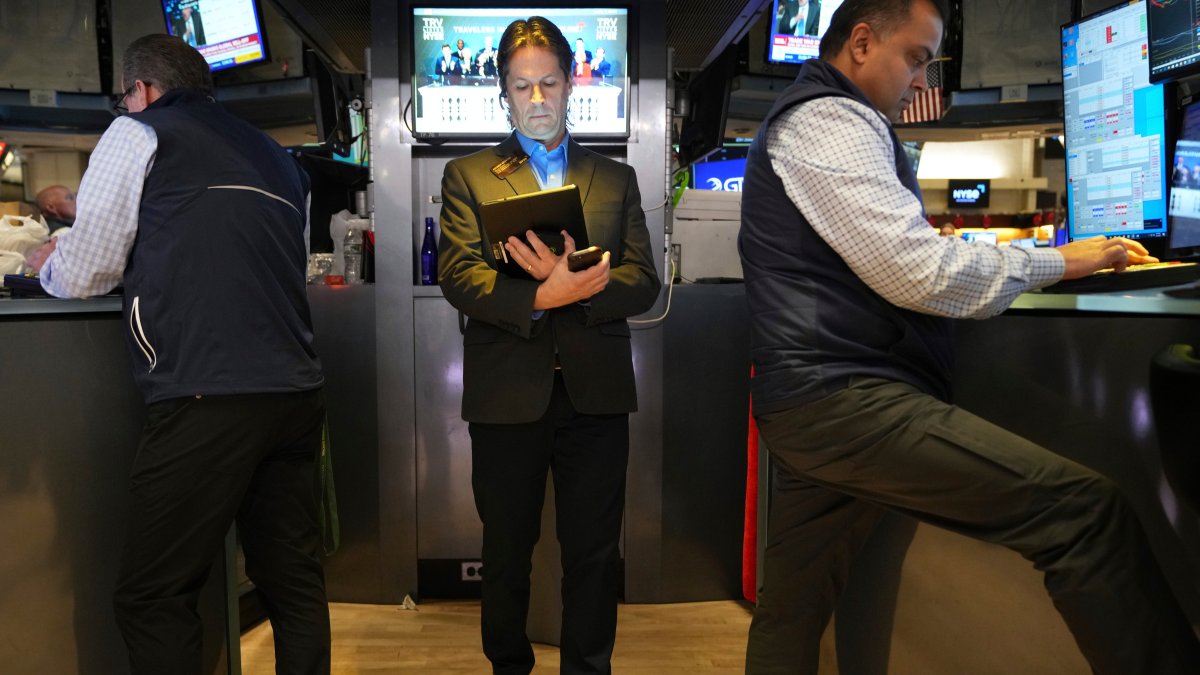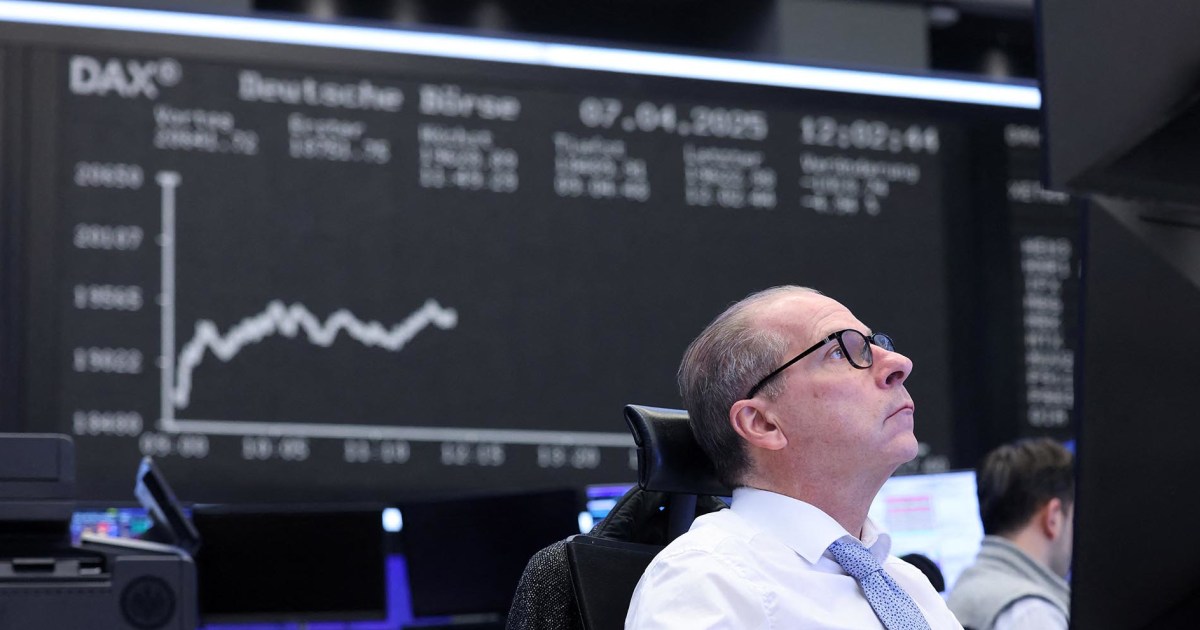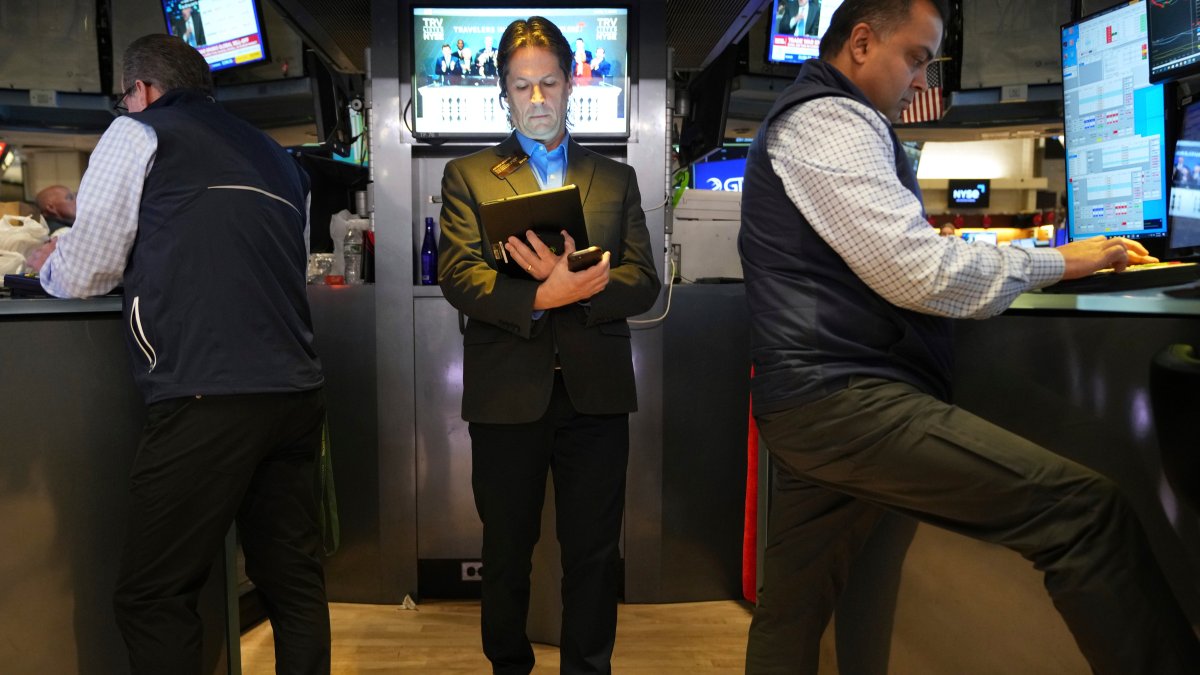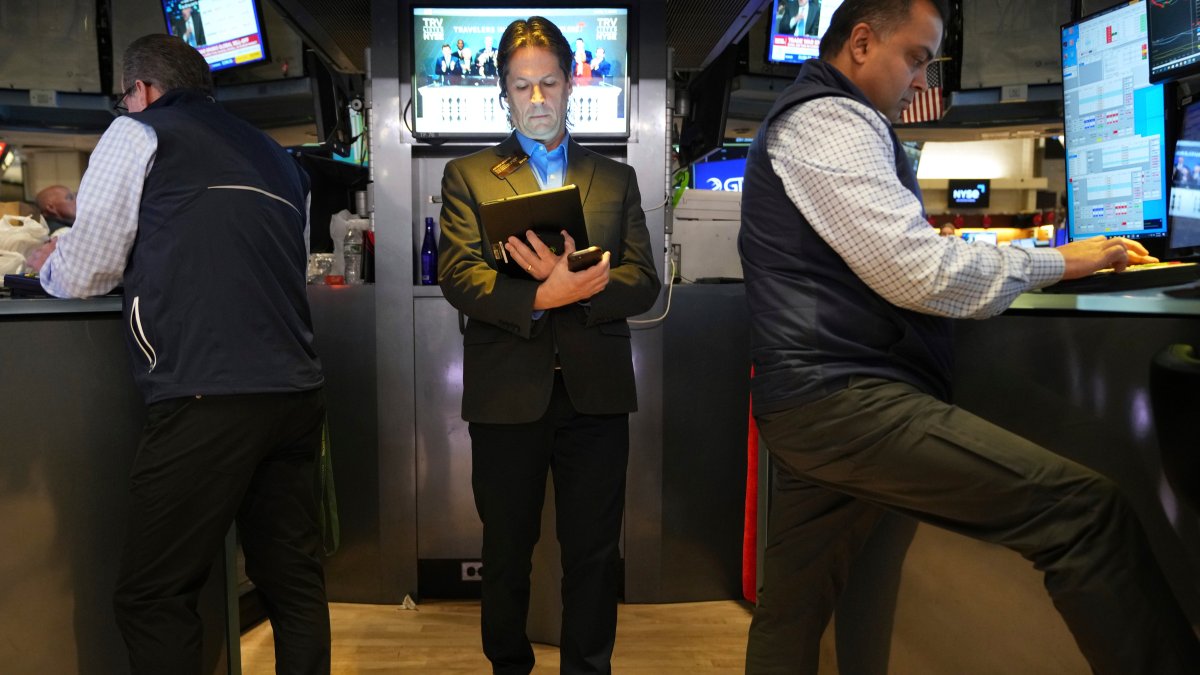Tariff Uncertainty: The Silent Shocker That Rocks Global Trade
As the world’s largest economies continue to grapple with the complexities of a rapidly changing global landscape, a subtle yet omnipresent threat has emerged: tariff uncertainty. The unwavering presence of tariffs on imports and exports has long been a cornerstone of international trade, influencing the very fabric of global commerce. Yet, in recent months, the winds of change have picked up, casting a shadow of uncertainty over the fate of business deals and the future of trade.

The United States, in particular, has found itself at the epicenter of this storm. The Trump administration’s tariffs on steel and aluminum imports from the European Union and Canada have sparked a heated debate, pitting American businesses against those seeking to navigate the treacherous waters of international trade. Meanwhile, emerging markets such as China and India have scrambled to diversify their trade relationships, seeking to minimize the risks associated with a volatile global economic landscape.

Increased Costs: The Potential Impact on Businesses of Increased Tariffs and the Resulting Higher Costs
The ongoing trade war has introduced a level of uncertainty that is affecting businesses across various sectors. As tariffs continue to rise, the costs associated with importing goods from countries like China are escalating. For businesses that rely heavily on these imports, the increased costs can significantly impact their bottom line. According to data from the US International Trade Commission, the average tariff rate on goods imported from China has risen from 3.2% in 2017 to over 20% in 2020. This sharp increase means that businesses must now pay considerably more to bring in the components and finished products they need to operate.
The ripple effect of these increased costs is far-reaching. Companies may be compelled to pass these additional expenses onto consumers, leading to higher prices in the market and potentially stifling demand. Alternatively, businesses might absorb the costs themselves, reducing their profit margins and potentially leading to restructuring or downsizing efforts. The International Monetary Fund (IMF) has noted that such economic pressures can reduce global trade volumes and slow economic growth, making it harder for businesses to maintain consistent revenue streams.

Practical Considerations for Businesses
Mitigating Risks: Strategies for Businesses to Mitigate the Risks Associated with Tariff Uncertainty

Businesses are not powerless in the face of tariff uncertainty. There are proactive measures that companies can take to mitigate the risks and protect their operations and profits. One key strategy is to reassess their supply chains and explore alternative suppliers. By diversifying the sources of raw materials and components, businesses can reduce their exposure to sudden changes in tariffs. This diversification also helps to ensure more stable supply lines and more competitive pricing.
Another effective strategy is to engage in financial hedging. Hedging allows businesses to lock in exchange rates and prices, thereby reducing the risk of sudden price hikes due to tariff increases. Financial institutions offer various hedging instruments such as forward contracts and options that can be tailored to the specific needs and risks faced by the business.
Diversifying Supply Chains: The Importance of Diversifying Supply Chains to Reduce Reliance on Single Countries or Regions
The reliance on a single country or region for critical supplies exposes businesses to undue risk, especially in the context of escalating tariffs. Diversifying supply chains is a strategic approach to mitigate this risk. By spreading out their sourcing, companies not only protect themselves against sudden tariff hikes but also gain access to a broader range of suppliers, potentially leading to better prices and improved product quality.
For instance, Apple Inc. has already begun to explore alternative sourcing options for its supply chain, moving some of its manufacturing facilities from China to Vietnam and India. This strategic move aims to reduce dependency on any single country and mitigate the impact of tariffs on its production costs.
Looking to Alternative Markets: Opportunities for Businesses to Explore Alternative Markets and Customers
In the face of rising tariffs and trade tensions, businesses can find opportunities in exploring new markets and customer bases. This approach not only helps in diversifying the risks associated with existing markets but can also open up new revenue streams. For example, companies such as Boeing have started to increase their engagement with markets like India and Africa, aiming to offset potential losses in traditional markets like China.
Businesses looking to expand into new markets should conduct thorough market research to understand consumer needs and market dynamics. By leveraging digital platforms and e-commerce, companies can more easily enter these new markets without incurring the high costs associated with establishing physical presences.
Analysis and Outlook
The Long-Term Impact: A Look at the Potential Long-Term Consequences of the Ongoing Trade War and Tariff Uncertainty
The ongoing trade war and tariff uncertainty are likely to have significant long-term impacts on businesses and the global economy. Economists predict that prolonged trade disputes could lead to a reshaping of global supply chains, with businesses seeking to relocate parts of their operations closer to their markets and away from high-tariff areas. This shift could result in increased operational costs due to the need for new infrastructure and logistics adjustments but might ultimately reduce exposure to future tariff hikes.
Moreover, the long-term impact of the trade war could lead to a fragmentation of the global economy, where countries may look to form more regional trade blocs as a response to the instability in global trade. This trend could also drive innovation and the adoption of new technologies to improve production efficiency and reduce costs.
The Role of Negotiations: The Importance of Negotiations between the US and China in Resolving the Trade Dispute
Negotiations between the US and China are crucial in resolving the ongoing trade dispute. Successful negotiations can lead to a reduction or removal of tariffs, stabilizing the market and providing much-needed predictability for businesses. The impact of such negotiations can be seen in the initial phase of the US-China trade agreement, which resulted in a temporary ceasefire in the trade war and a reduction in tariffs. This phase allowed businesses to plan their operations with more certainty and reduced the stress on supply chains.
However, the current negotiations are complex and the outcomes uncertain. Any future agreements must address the root causes of the dispute while ensuring that both parties have fair and balanced trade terms. Analysts at Unionjournalism have noted that a lack of trust between the US and China could complicate these negotiations, and any progress will need to be closely monitored for its impact on global trade and business operations.
The Future of Trade: What Does the Future Hold for International Trade, and How Will Businesses Adapt to the Changing Landscape?
The future of international trade is likely to be characterized by increased regionalism and the resurgence of bilateral trade agreements. As the global trade landscape continues to evolve, businesses must adapt by becoming more agile and flexible in their operations. The trend towards regional trade blocs, such as the Comprehensive and Progressive Agreement for Trans-Pacific Partnership (CPTPP), offers businesses the opportunity to explore new trading relationships and secure more stable trade conditions.
Moreover, the future of trade could see a greater emphasis on technology and digital trade. With the rise of e-commerce and digital services, businesses can leverage technology to expand their reach and reduce the impact of physical trade barriers. The importance of digital connectivity and data exchange will only grow, necessitating businesses to invest in robust digital infrastructure and cybersecurity measures to protect their operations.
Conclusion
In conclusion, the article “Tariff Uncertainty: Will Business Deals Dry Up?” delves into the far-reaching consequences of unpredictable trade policies on the global business landscape. The key points discussed in the article highlight the detrimental effects of tariff uncertainty on investment decisions, supply chain management, and overall economic growth. The main arguments presented emphasize the need for stability and predictability in trade policies to foster a conducive environment for businesses to thrive. The article also explores the potential consequences of prolonged tariff uncertainty, including reduced foreign investment, decreased consumer spending, and increased prices for goods and services.
The significance of this topic cannot be overstated, as the implications of tariff uncertainty extend beyond the business world to affect individuals, communities, and entire economies. The ongoing uncertainty surrounding trade policies has already led to a decline in business confidence, with many companies putting investment plans on hold until the situation stabilizes. As the global economy continues to navigate these uncharted waters, it is essential to consider the future implications of tariff uncertainty. Looking ahead, it is likely that businesses will need to adapt to a new reality of increased trade tensions and protectionism, which may require diversifying supply chains, investing in emerging markets, and developing strategies to mitigate the risks associated with trade policy uncertainty.
As the world grapples with the challenges posed by tariff uncertainty, one thing is clear: the need for clarity, stability, and cooperation in trade policies has never been more pressing. As businesses, policymakers, and individuals, we must work together to create a more predictable and stable trade environment that fosters growth, innovation, and prosperity. The future of global trade hangs in the balance, and it is up to us to shape its destiny. In the words of a prominent trade expert, “The era of tariff uncertainty is a wake-up call for the global business community – will we rise to the challenge and forge a new path forward, or will we succumb to the risks and uncertainties that threaten to dry up business deals and stifle economic growth?” The answer to this question will have far-reaching consequences, and it is up to us to ensure that the future of global trade is marked by cooperation, stability, and prosperity for all.
